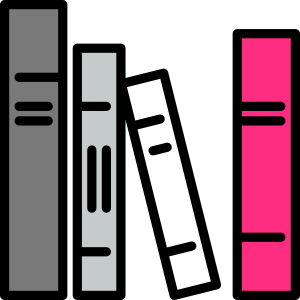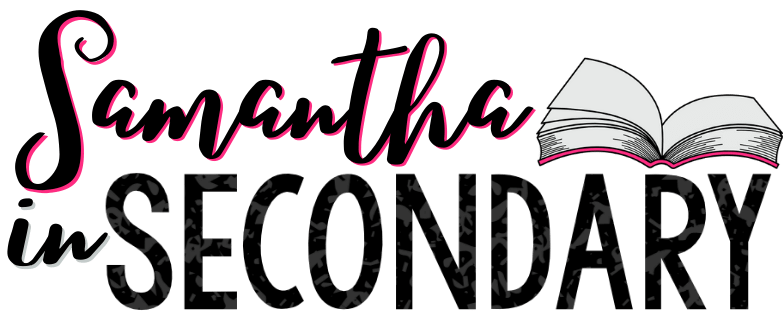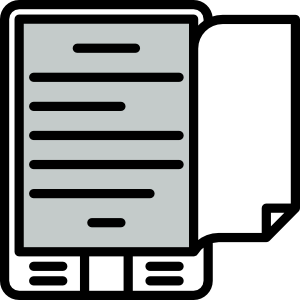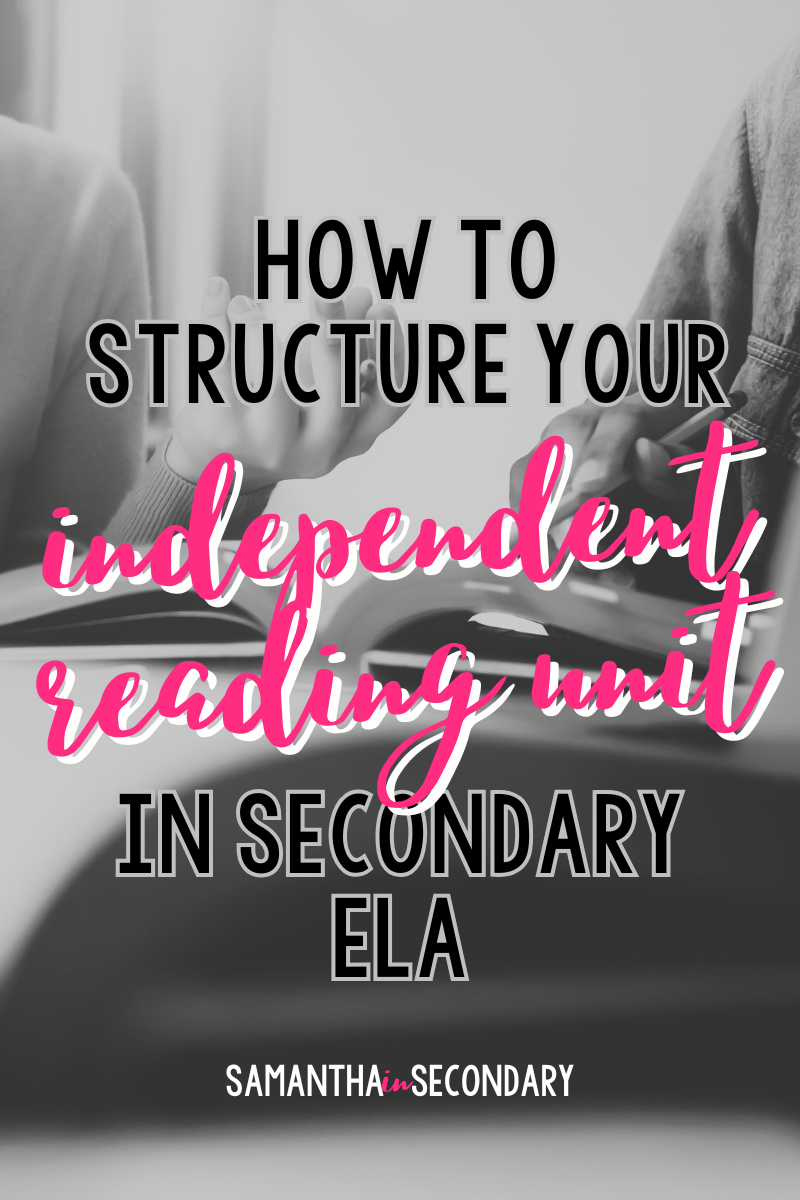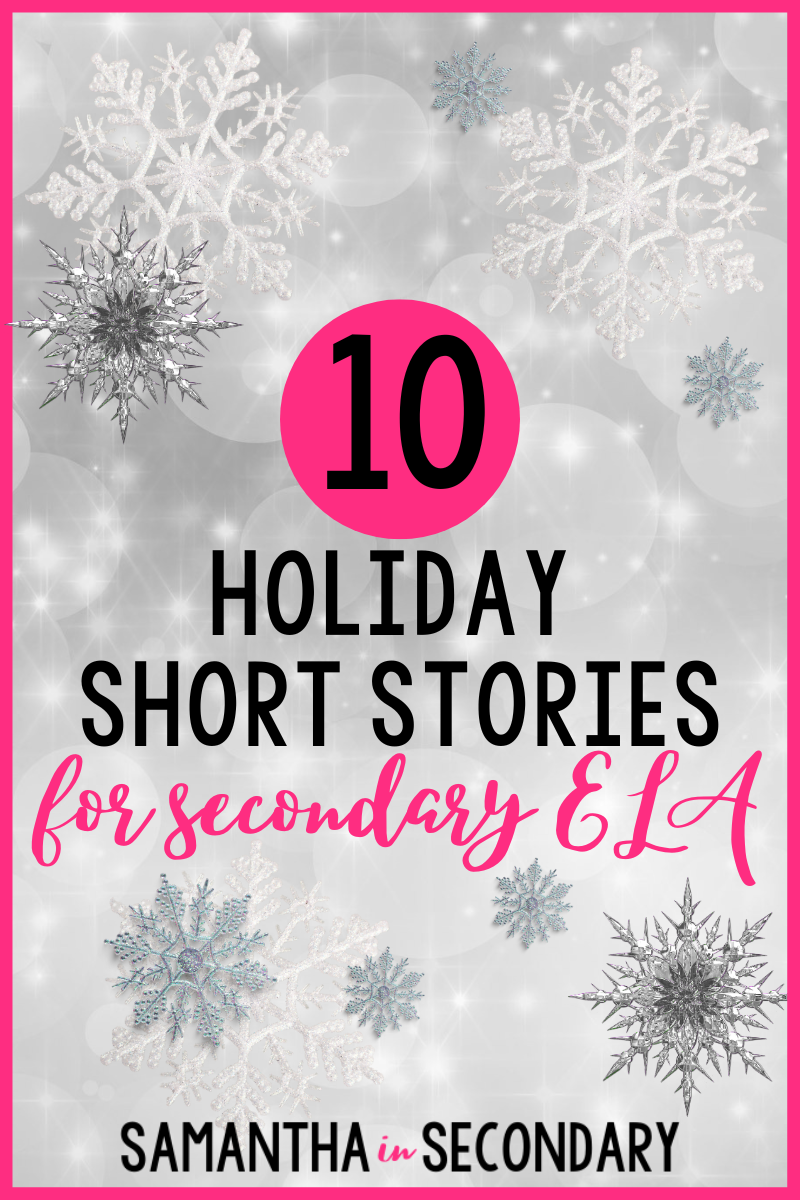Do you struggle with figuring out how to structure your independent reading unit in secondary ELA? Have I got good news for you! I have some great information for best practices, links to ideas, and tips for keeping everything nice and organized. Read on to put some structure in your independent reading unit.
Let’s start with a quick plug to this podcast where I address 3 of my most frequently asked questions regarding implementing independent reading. It doesn’t matter if you’re brand new to the practice or a seasoned veteran, this episode has helpful strategies no matter where you are on your journey.
Before Reading Activities

One of my favorite things about independent reading is getting excited about books and sharing that excitement with my students. Having taught an entire course using independent reading alone, I’ve come up with many ways to introduce new independent reading units. Here are a few of my ideas:
Make sure you get a parent letter!
If you’ve been avoiding independent reading units because you fear the content of the books offered, I have news for you. You don’t have to read everything or make that decision yourself. Parents and guardians should absolutely be involved with their students. The trick is to teach parents how to do so. Educate them on how to look up books through resources such as GoodReads and Common Sense Media, and provide a parent letter to allow them to decide what is appropriate based on their personal situation.
Book Talks
It’s exactly like it sounds. Pick your favorite books and talk about why someone else should read them. Model with some of your faves with some basic info and then the “sell” before having students try on their own. You can find a resource here.
Speed Dating
This is such a fun way to kick off an independent reading unit. Students sit at tables with books that they “speed date” by looking over the cover and completing an exit ticket (like this one) to decide what they’d like to read.
Book Tasting
Another unique activity is a book tasting, very similar to the speed dating, but I go all out with menus, tablecloths, and treats. You can group books by genre, themes, or novels to help students select what they will “savor” at the book tasting.
Reading Sprints
Once books have been selected, I set up a timed sprint to help students figure out what they will need to read to stay on pace with the other independent readers in class. Set a timer for 10 minutes and have students mark their starting point and ending point in that time frame. Add the amount of pages the student is able to read per sitting and give students a reading schedule. How many days do they get to finish the book and will there be reading time in class? Let student’s calculate what they will need to read in the time allotted. This really helps keep students on task when given reading time.
During Reading Activities

These activities are my go-to bread and butter for choice reading. There can be some trial and error with your own particular students, but one thing I’ve learned is that providing choice can go a long way. Maybe try giving students a few activities to decide between during the unit. That way they can decide what best suits them.
Doodle Notes
Literary element doodle notes allow students to take notes on the most important parts of the story while reading. It’s a good way to keep students on track without distracting them too much. You can click here to check out my pre-made doodle notes I use.
Response to Literature Activities
I quit reading quizzes a long time ago. Instead, I use response to literature activities. These kinds of activities include assignments that allow students to think critically about what they’ve read. They activate prior knowledge, give students an active role in their reading, and allow for a unique assessment that will let you know what your students have learned in a creative way.
Character Analysis
These kinds of activities are especially effective activities for independent reading units. If students can tell you specifics about a character then they are most likely actually reading their books. Use a character mini-lesson and incorporate fun projects like soundtracks to tell if students understand the material. I’ve got a whole bundle of ideas here.
Nonfiction Text Connection
Having students find a nonfiction text connection to any book and then research articles is one of my favorite ways for students to make text-to-text connections. All books inevitably connect to the world in some way and encouraging your students to find those connections will help them make deeper connections within the text.
Book Blogs
These are really fun for students to react to what they’re reading. At regular intervals during the reading process, have students stop and write about what they read. You can have them respond to a specific prompt or free write, share with each other or the whole class. This is also a great way to include an authentic audience for their writing.
After Reading Activities

A robust independent reading program has always been a staple of my classroom. Coming up with unique independent reading assessments to make sure students have actually read was always difficult. Allowing students to have a say in their reading is an incredibly motivating tool!
One-Pagers
These are popular because they allow students to be creative and no two are alike. This makes it hard for students to fabricate their knowledge because most of the activities require students to analyze what they have read. This might include theme songs for characters or illustrating a scene from the novel.
Book Flat Lays
One of my more recent favorite independent reading assessments has been flat lays. You’ve probably seen these on social media and I thought they were so clever that I decided to use them in my classroom. This type of reading project requires students to think critically about elements in the novel and stage a photo of the book with props that show different aspects of the book.
Literary Field Trip
A favorite idea is to have students create a literary field trip. This works especially well if your students are reading historical fiction or books that are based on a real place. The gist of the project is that students research various places from a text.
Literary Quote Books
This quote book can be a really flexible project for all types of learners. I thought one day, “What if we have students choose the most meaningful quotes from any novel they’ve read and curate a book out of them and explain how they connect to the theme?” This was the basis for the idea, but it took off from there. Students with digital creativity can use a program like Canva to design quotes, or create a social media carousel. Students have wanted to create and stage photos of the quotes, or make them on large pieces of paper. Limitless ideas and the rigor is there no matter how the information is presented.

Hopefully, this takes some of the stress from your independent reading unit plans. I’d love to hear from you about any favorite ideas or suggestions that aren’t listed here.
Looking for the best books to add to your independent reading unit, class library, or your own bedside table? You can find my teacher-curated, student-approved list of 100 YA novels to add to your classroom here.
Happy teaching!

